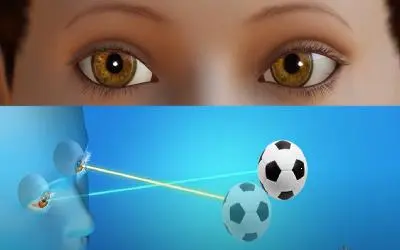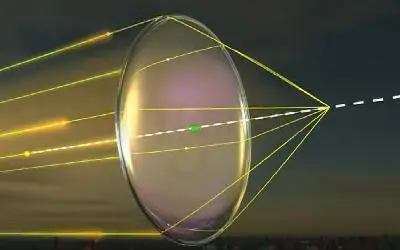The human body operates as an intricately interconnected system, where each part significantly influences the others. A crucial yet frequently underestimated connection exists among the eyes, brain, neck, and overall body posture.
This dynamic interplay begins with the eyes focusing on an object, sending visual information to the brain. The brain processes these signals and coordinates with the neck muscles to adjust the head’s position, enhancing visual perception. This interaction, however, is not unidirectional. The eyes can significantly influence neck tension and posture. Prolonged periods of looking downwards, such as at a screen, can lead to neck muscle fatigue and poor posture.
Additionally, eye disorders, like strabismus (squint eye), can strain neck muscles and adversely affect posture. Individuals with such conditions might unconsciously tilt their heads or alter their posture to see better, leading to physical discomfort.
Recognizing the importance of this interconnection has spurred the development of neuro-optometry, a specialized field focusing on the relationship between the visual system and other bodily systems, including the neck and posture. Neuro-optometrists are adept at assisting patients with traumatic brain injuries, strokes, or other neurological impairments affecting their vision. They employ unique techniques and exercises to rehabilitate the visual system, thus enhancing posture and alleviating neck pain.
Furthermore, neuro-optometrists offer their expertise to professionals like athletes and musicians, whose careers heavily depend on optimal visual and postural systems. By fine-tuning the eye-brain-neck-posture axis, these individuals can enhance their performance and minimize injury risks.
In summary, the intricate relationship between the eyes, brain, neck, and posture plays a pivotal role in our overall well-being. By understanding and nurturing this connection, with the guidance of neuro-optometry specialists, individuals can achieve better visual acuity, alleviate neck discomfort, and enhance their posture.
For those seeking to explore and benefit from these insights, scheduling an appointment with a neuro-optometrist is the first step towards improved health and performance.



